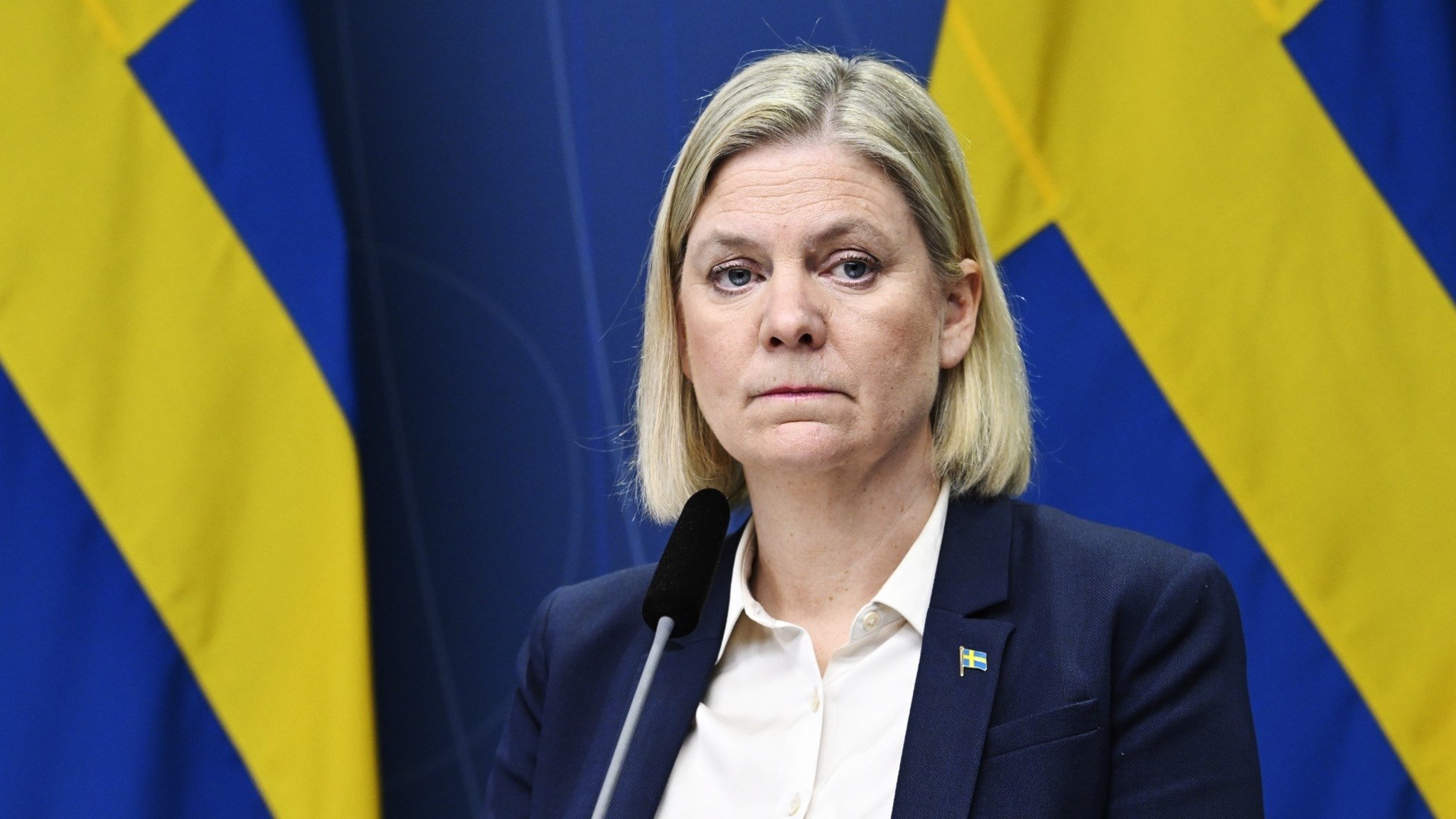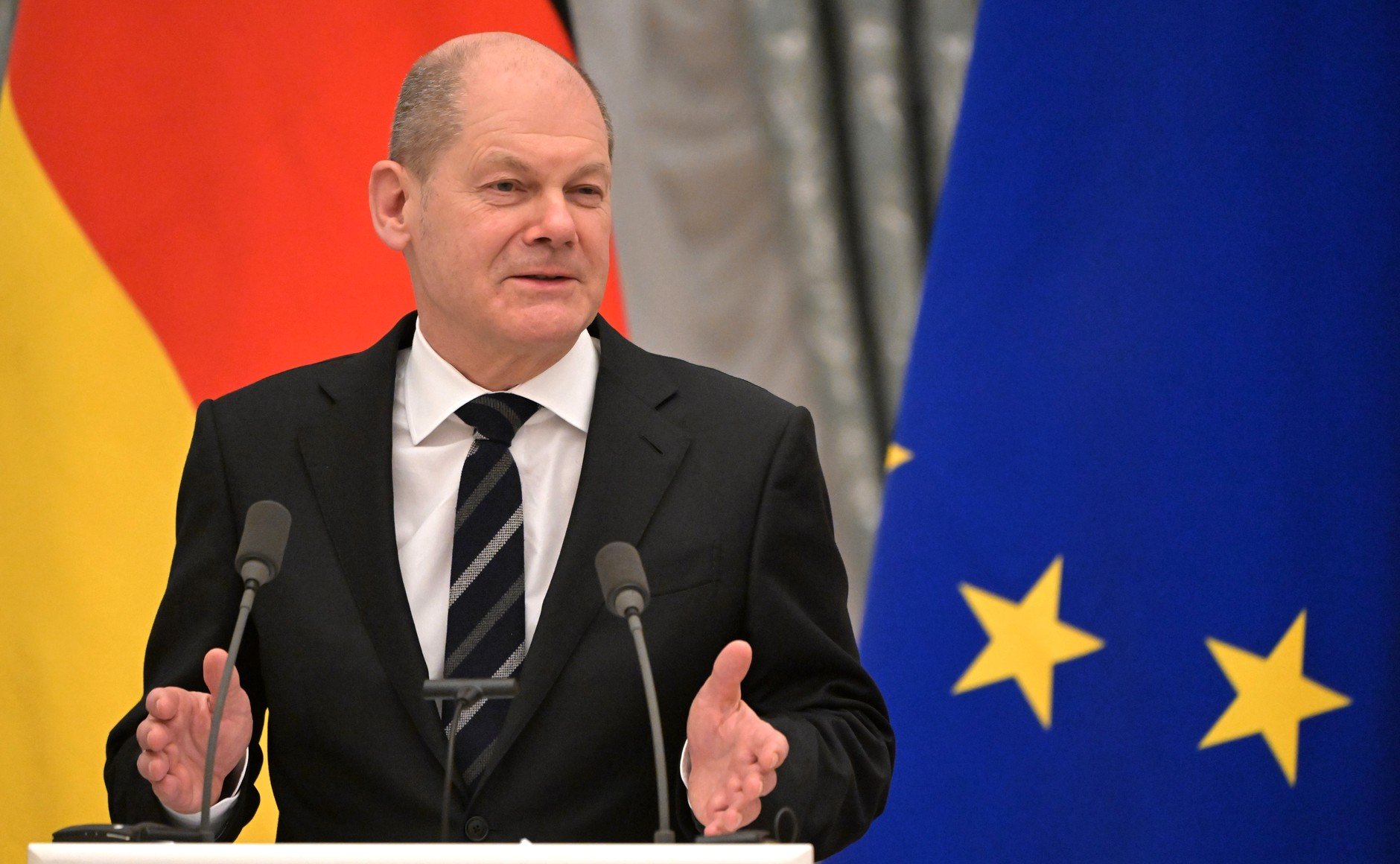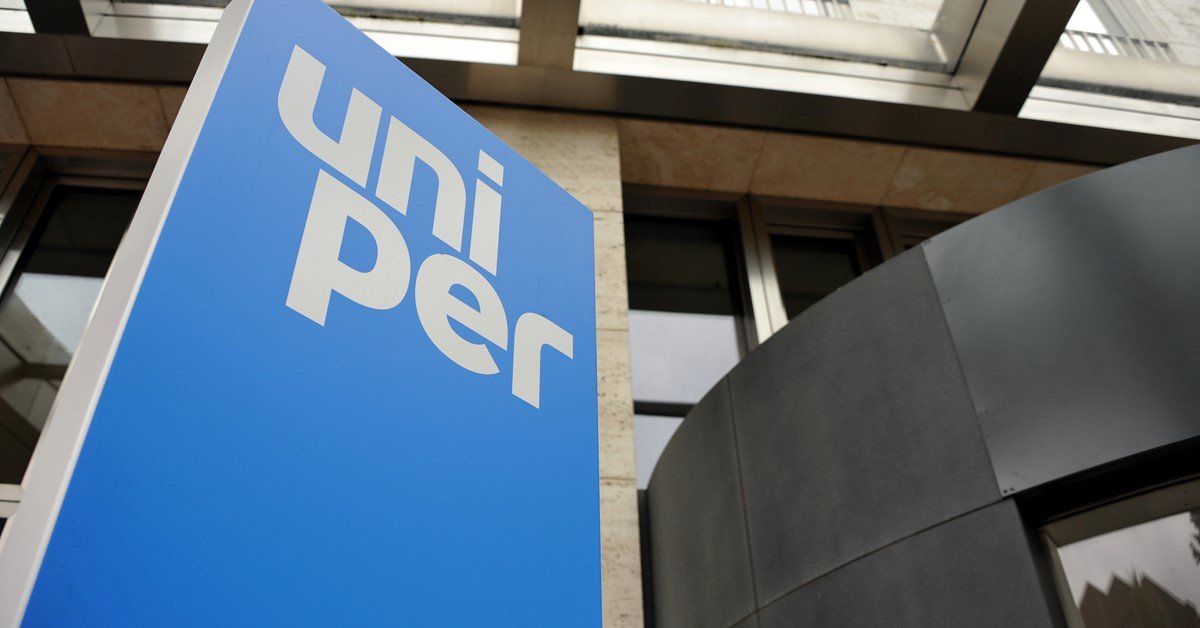PICTURED: Swedish Prime Minister Magdalena Andersson in March.
September 7th, 2022. Most major European economies are preparing for gas rationing, supply shortages, energy subsidies, or some other kind of major intervention into energy and utility markets as winter’s return looms, and Gazprom continues to throttle Europe’s natural gas supplies.
German Foreign Minister Annalena Baerbock claimed Russia was cutting gas supplies to Europe as means of waging “hybrid warfare” against the 27-member European Union, which still gets 76% of its energy from fossil fuels; with the largest share coming from natural gas, and almost all that gas coming from Russia.
Behind the Russian Federation herself and Belarus her ally, Italy’s national power grids produce 42% of their output from Russian natural gas, with the UK just behind at 41%.
In response to the coming winter and energy crisis, Italian public buildings and apartment blocks will be maintained one degree less (19°C), and for one hour less per day, than in previous years, with that figure altering to 17°C (62°F) for industrial buildings.
France has reactivated a disused pipeline in order to ship gas to Germany, who will feel the biggest chill of the energy crisis, at the same time that the second-largest economy in the EU also struggles with a number of nuclear reactor malfunctions that are aggravating the situation.
Several states are funding massive subsidy and consumer-shielding programs, with the governments of Sweden and Finland going out of pocket $23 billion and $10 billion respectively to bulk up their energy companies.
Germany has gone in with €65 billion, as their energy company Uniper is losing around €130 million per day according to Credit Suisse, and the UK’s new prime minister has announced a £150 billion total overhaul of energy services in the country.
The hardline stance against Russia’s economy has created a financial backdraft of outstanding severity that not only threatens millions of lives (cold weather is always more lethal than hot weather) but also drastically sets back progress towards any kind of a transition to green energy, which if one excludes the deeply overweighed hydroelectric-inputs of Iceland, makes up around 10% of Europe’s energy generation.
Dangerous margin calls
When a gas company offers to provide electricity or heating, it locks in the market price for the commodity by buying futures contracts on stock exchanges. The exchange will charge a collateral fee to the company called an initial margin, the value of which will either increase or decrease depending on the performance of the future position.
Eventually, and especially in times of financial tumult, exchanges will order a “margin call” which means the firm will have to pay a percentage on how much the position has decreased.
European energy utilities went up 30% on average as markets opened on Monday, after it was announced by Russian gas supplier Gazprom that cuts in capacity to Nord Stream would continue, such that merely 20% of what the pipeline is capable of delivering would come into Europe.
This price hike made utilities companies’ short positions shed value to reflect the reduced demand in a higher price environment, resulting in big liquid outflows from energy companies making margin calls and which many European governments are trying to now restore with subsidies.
“This threatens our financial stability,” Swedish Prime Minister Magdalena Andersson said Saturday at a news conference outlining that nation’s plan. “If we don’t act soon it could lead to serious disruptions in the Nordics and Baltics. In the worst-case scenario we could fall into a financial crisis”.
With government loans guaranteeing the margin calls, banks would be more likely to lend to utilities companies to buy more gas or oil from other countries.
However it’s incredibly precarious as the subsidies are finely balanced and not ideally positioned for continued market volatility.



